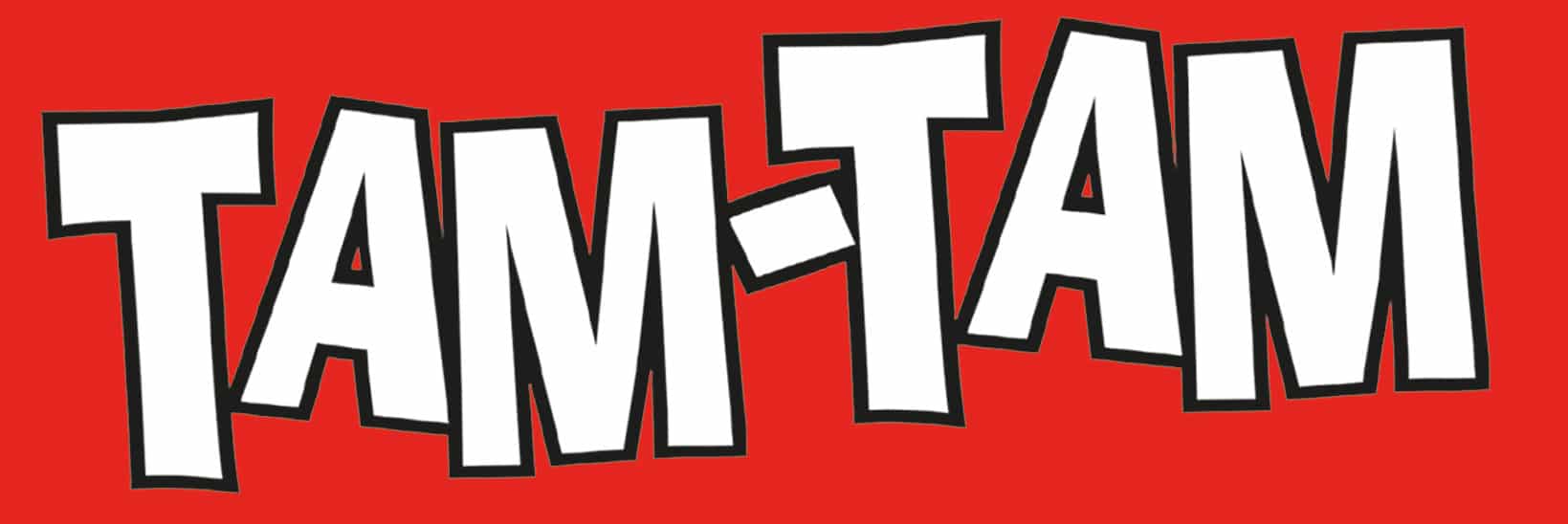Ignite staff efficiency and advance your business to more profitable growth. Understand customer data and performance behaviors to minimize the risk of bad debt and the impact of late payments. Monitor changes in real time to identify and analyze customer risk signals. Optimize efficiency and ensure compliance in your invoice-to-cash process with automated invoice processing and a customer payment portal. The original journal entry, as well as the adjusting entry and the relevant T-accounts, are illustrated below. The matching convention requires allocation of the expenditure between the asset that represents the remaining economic benefits and the expense that represents the benefits used or consumed by the firm.
- Furthermore, some insurance companies may charge a cancellation fee when a client chooses to cancel their subscription and discontinue using the insurance company’s services.
- Prepaid insurance can be applicable to various types of insurance coverage, including property insurance, liability insurance, health insurance, and auto insurance, among others.
- Overall, prepaid insurance as a balance sheet item highlights the value and importance of insurance coverage as an asset for entities.
Finance and IT leaders share a common goal of equipping their organizations with ways to work smarter to enable competitive advantage. This intersection between CFO and CIO priorities is driving more unity in terms of strategy and execution. Make the most of your team’s time by automating accounts receivables tasks and using data to drive priority, action, and results. Streamline and automate detail-heavy reconciliations, such as bank reconciliations, credit card matching, intercompany reconciliations, and invoice-to-PO matching all in one centralized workspace.
How to Account for Prepaid Insurance
Prepaid insurance is exactly what it sounds like – insurance that’s been prepaid. Just pay the bill when it arrives, then rest easy knowing that you’re protected. The question of how long prepaid insurance remains a current asset can feel like a grey area, but accounting principles what is a flat rate pricing model pros and cons explained offer some clear guidelines. Prepaid insurance can be classified as a current asset because it is used up or expires in a short period of time, usually one year, of the balance sheet date. Illiquid assets cannot be readily converted into cash without significant time and effort.
- The amount of prepaid insurance will be used over time as per the contract made between parties.
- It’s time to embrace modern accounting technology to save time, reduce risk, and create capacity to focus your time on what matters most.
- Since half of the coverage duration has passed, an insurance expense debit of $900 is recorded, and a corresponding credit of $900 is entered into the prepaid insurance account.
At the same time, a $500 credit is allocated to the prepaid insurance account. This ensures that the balance sheet accurately reflects the insurance coverage consumed and remaining. To reflect the consumption of prepaid insurance over time, adjusting journal entries are made each month. These entries reduce the prepaid asset and increase the expense, ensuring accurate financial reporting.
Prepaid Assets: Explanation
Because making prepayments can gain benefits for a company such as discounts. Prepaid insurance is an essential component of an entity’s balance sheet, where it is recorded as a current or non-current asset. It represents a financial safety net, providing financial security, protecting valuable assets, and mitigating potential risks. While prepaid insurance is typically considered a current asset, in rare cases, it may be classified as a long-term asset if the coverage extends beyond a year. The business’s records would show four months of insurance policy as a current, prepaid asset. BlackLine is a high-growth, SaaS business that is transforming and modernizing the way finance and accounting departments operate.
#1. Is Prepaid Insurance an Accrued Expense?
Prepaid insurance refers to the payment made by an individual or a business to an insurance company in advance for insurance coverage that extends beyond the current accounting period. It is a way to secure protection and coverage against potential risks and losses in the future. The insurance premium paid is allocated to a specific period, during which the insurance policy is effective. Adjusting entries play a crucial role in properly recording the consumption of prepaid insurance. These entries ensure that the financial statements accurately reflect the insurance coverage that has been utilized during a specific period. By making these adjustments, insurance companies can match the expenses with the periods to which they are related, providing a more accurate representation of their financial position.
What is the difference between prepaid assets and deferred revenue?
Prepaid insurance can be a confusing term, especially when it comes to accounting. To learn more about insurance accounting and other related topics in the industry, visit InsuranceIntellect.com. They provide valuable insights and resources for professionals in the insurance field. For more information on insurance accounting and other related topics, you can visit InsuranceIntellect.com.
Yes, prepaid insurance is an asset because it is a payment in advance for a service that has not yet been received. Depending on the period that the prepaid insurance covers, it could be classified as either a current or non-current asset. It is a current asset if it covers a month or one year and a non-current asset if it covers more than one year.
Each month, an adjusting journal entry is made to reduce the asset and increase the expense, until the prepaid amount is fully realized and amortized. This ensures that the financial statements accurately reflect the expenses incurred during the reporting period. In addition, prepaid insurance is also considered an asset because any remaining prepaid portion of the premium can be redeemed or refunded. It is recorded in the general ledger as a prepaid asset under current assets. It falls under the category of prepaid expenses, where payments are made in advance for services or coverage that will be utilized in the future.


